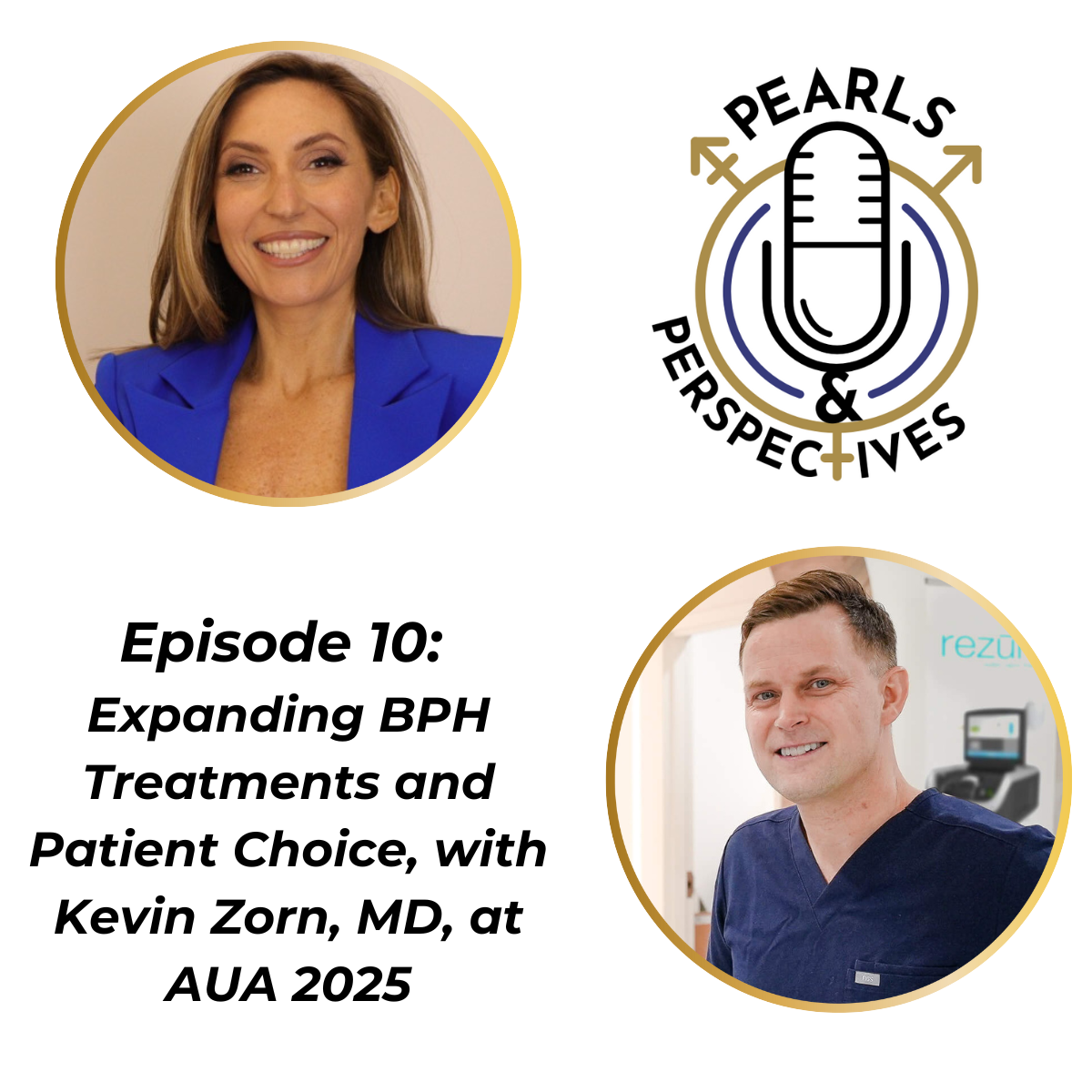Opinion
Video
Petar Bajic, MD, discusses research on penile prosthesis biofilms
Author(s):
Key Takeaways
- Biofilms are present on penile prostheses, even in non-infected devices, challenging the belief of implant sterility until infection.
- Research shows all implants have bacterial communities, which can remain stable without causing infection.
Bajic summarizes his 2024 Sexual Medicine Society of North America Fall Scientific Meeting talk “Penile Prosthesis Biofilms: Friend or Foe?”
In this video, Petar Bajic, MD, summarizes his 2024 Sexual Medicine Society of North America Fall Scientific Meeting talk “Penile Prosthesis Biofilms: Friend or Foe?” Bajic is a urologist and director of Men’s Health at Glickman Urological & Kidney Institute, Cleveland Clinic, Cleveland, Ohio.
Transcription:
Please summarize some key points from your SMSNA talk "Penile Prosthesis Biofilms: Friend or Foe?"
There's kind of this dogmatic belief that an implant inside the human body is sterile until it becomes infected. But over the past few decades, there have been a number of studies that have demonstrated that actually, even devices that are not infected have biofilms on them. What we don't understand is what that means. Why do some devices that have these biofilms - which are basically just bacteria - get infected and some of them do not? At Cleveland Clinic, we've been doing research for a couple years looking at using microbiome analysis of these implants, primarily from devices that were removed for noninfectious reasons, like if they break or just stop functioning. But also, we've looked at devices that are infected, and we're trying to better understand whether or not these devices have bacteria on them. What is the significance of those? How do those bacteria interact with this biofilm, which is kind of a substance they produce that they live in that shields them from antibiotics, and then how that all interacts with the individual that that implant is in. In my talk here, I'm presenting some preliminary work that we've done, just demonstrating that basically all patients have bacteria and biofilms on their implants, and that these bacteria live in communities, just like everywhere else in the body, where there's lots of different types of bacteria, and they kind of have this almost an equilibrium state where they're not causing problems. There's not 1 bad bacteria that overgrows and then causes some sort of inflammatory reaction, which is more of what we see in an infection. And some of the interesting findings that I'm going to be going through are, for example, that the longer a device is in place, the more diverse that community gets, the more different types of bacteria are present. Devices that have been implanted for 10 or more years show more different types of bacteria than those that are implanted for, let's say, a year, for example. So really, this is kind of more descriptive, hypothesis-generating research. It's not meant to change clinical practice at this point, but some of the future questions that we'd like to try to answer is, how can we better achieve this stable equilibrium-type state on the surface of an implant and prevent it from converting into what we would call a dysbiotic state, where really there's 1 bad bacteria that's overgrowing and causing an infection. Better understanding how those different bacteria interact with one another, how they interact with the implant, how they interact with the host that they're living inside of is all going to be key, fundamental research steps in the future to get to that eventual point and hopefully 1 day develop some sort of either coding or different type of management that we can incorporate to help prevent device infection. We're specifically studying urologic prosthetic devices for this research. But I think our findings here will potentially have implications for all sorts of medical implants, everything from potentially orthopedic hardware to who knows what.
This transcript was AI generated and edited by human editors for clarity.

















